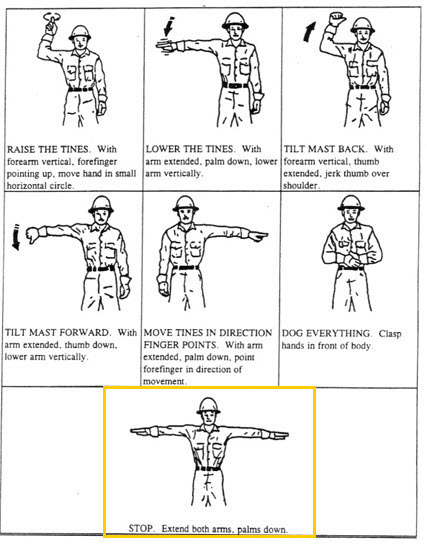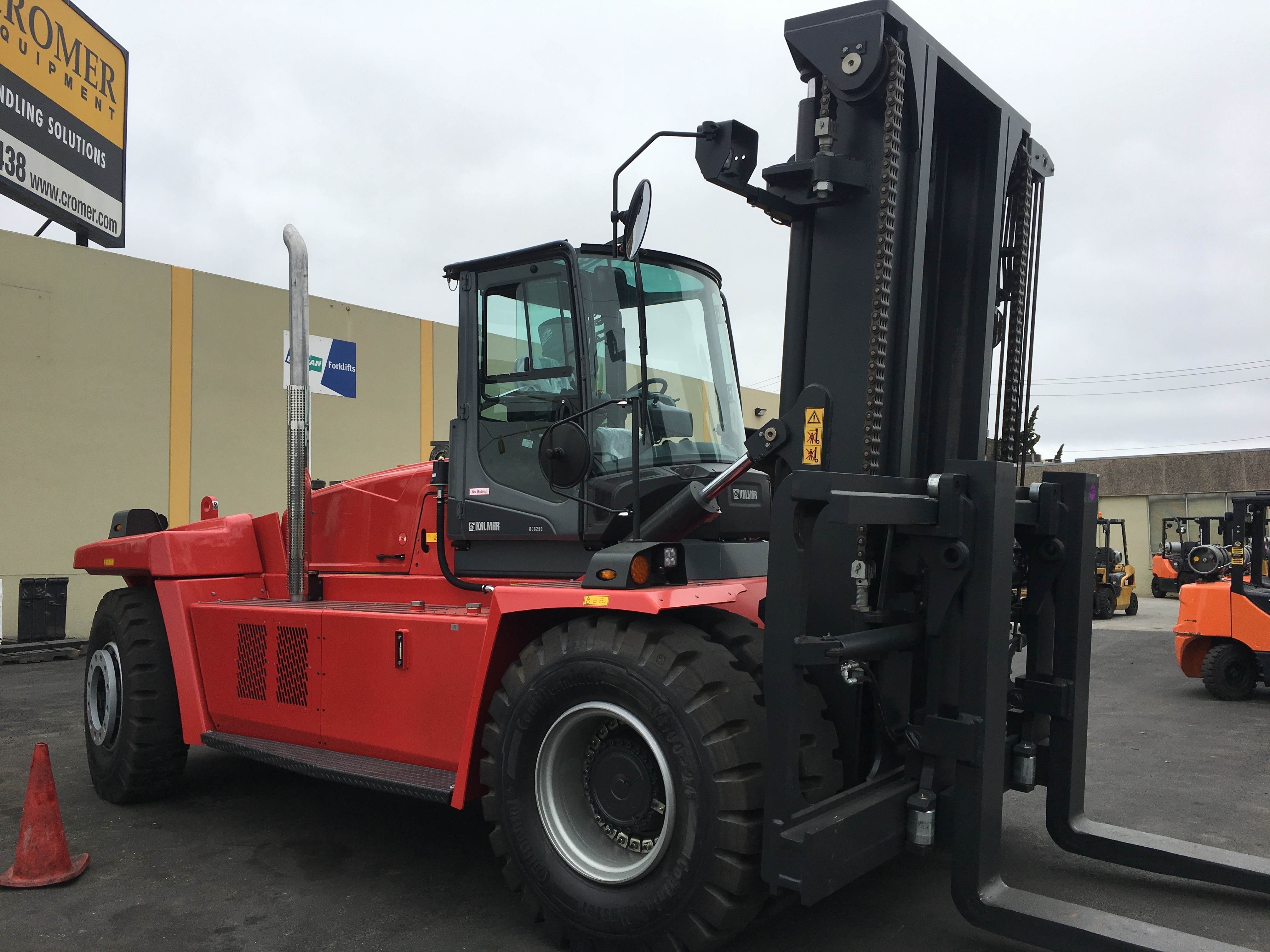How to Notify Workers When an Emergency Occurs
If racks began to collapse in your facility, how would you tell everyone to evacuate?
Last August we published an article on preparing for workplace accidents. In the article, we recommended creating an “Accident Response Policy” – what everyone should do if there’s an accident or emergency.
Such a policy needs to cover how you notify workers of emergencies. Several methods exist…and to help our readers, we’re documenting those methods today.
Common Problems Affecting Industrial Workplaces
Here’s a list of accidents that merit immediate response in an industrial setting. This isn’t everything that can happen, but it will illustrate the need for notifying workers as soon as possible.
- Aisle/Door blocked by product
- Chemical spill
- Collapsed shelving
- Fire
- Natural Disaster (Earthquake, Flood)
- Overturned forklift
- Worker injury
Getting the Word Out: Notification Methods You Can Use
The big question is, HOW do you tell workers when one of these emergencies occurs? They need notification, and fast.
Here are several notification methods. You can use these in any industrial setting. Employ as many of them as you feel are necessary.
USE EXISTING SAFETY EQUIPMENT TO ANNOUNCE THE EMERGENCY. Activate strobe lights. Use a loudspeaker or PA system to make announcements. Run a siren if you have one.
(You can also use signal flares, or our LED road flares, to identify problem areas. We did a test run with the LED flares the other day, to mark off a spot where a “collapse” could occur. Even the forklift operators instinctively avoided the spot.)
PRE-DEFINED PHRASES. Most emergency procedures use certain phrases to identify the problem. There’s no reason you can’t use similar phrases to notify workers of emergencies.
Cromer facilities use a PA system with pre-defined phrases, and group texting, to notify workers of problems. Our phrases follow this format.
- Give a code level (see the “Severity” section below),
- Define the emergency,
- Tell workers where to go,
- Repeat the code,
- Repeat the worker order.
This takes less than 5 seconds, and everyone recognizes it right away.
TEXTING. Sending a group text to all phones actually works quite well. Even if workers don’t check their phones often, a sudden text will grab their attention.
HAND SIGNALS. Forklift operators use hand signals all the time. You've seen the "Stop" signal—both hands extended out to the sides at shoulder-level.

[Image courtesy of www.mhnetwork.com]
Here's a similar hand signal you can use to call for evacuation.
- Do the "Stop" signal illustrated above.
- Raise both hands to the sides of the head.
- Make fists. Shake them side to side.
- With the appropriate hand, point in the direction of evacuation.
Severity: Identifying How Bad the Problem Is
You’ll have to include the problem’s severity in your notifications. Should workers abandon their forklifts, or is it OK to drive them away? Should people walk or run?
If you’re using loudspeakers and/or texting, one way to identify severity is to use hospital color codes. Code Red, Code Blue, etc. Try these, for example:
- CODE BLUE: Accident has occurred. Avoid the area. Other workers not at risk.
- CODE YELLOW: Medium-level danger. Drive forklifts out of facility. Walk to evacuation points.
- CODE RED: Drop whatever you're doing and get out!
For example, let’s say you have a fire in the warehouse’s southeast corner. The fire alarm just sounded. Your notification methods are loudspeaker announcements, coupled with hand signals.
You might use this statement over the loudspeaker:
Code Red. Fire in Southeast corner. All workers evacuate to the north doors. Supervisors, give evac signals. Code Red. Evacuate to the north doors.
Make Sure Your Accident Response Policy Tells Workers What to Look For
Emergency notifications are just one part of an accident response policy. But it’s a critical part. It helps you keep as many workers as possible safe.
Document your notification methods in the policy. Make sure every employee receives a copy. Post it with your other emergency notices.
Lastly, don't forget to consult with the shift supervisors. They know their schedule and their people. If a problem does occur, they should be the ones helping coordinate the response.
Until next month!
Marshall Cromer, The Forklift Boss
Cromer Material Handling
ForkliftBoss.com Deal of the Month
SALES/RENTAL DEALS ON BIG TRUCKS!

For our Deal of the Month, we have a combination sale/rental deal. Up for sale/rent are several Kalmar lift trucks. These are the big boys—36,000# and 55,000# capacities.
The forklift pictured above is the Kalmar DCG250-12. It’s a 55,000# capacity, brand new, and ready for mega-scale work. Purchase new for: $349,000.
We also have its little brother, the Kalmar DCG160-6. It’s a 36,000# capacity, also brand new. Both trucks have safety features installed. Purchase new for: $214,000.
Both of these models are in our Oakland HQ. However, we do have similar equipment available used at other Cromer facilities.
Interested in renting a Kalmar truck? Call Cromer at 800-974-5438 and ask for the rental rates. We will extend discounts based on the duration of rental.


